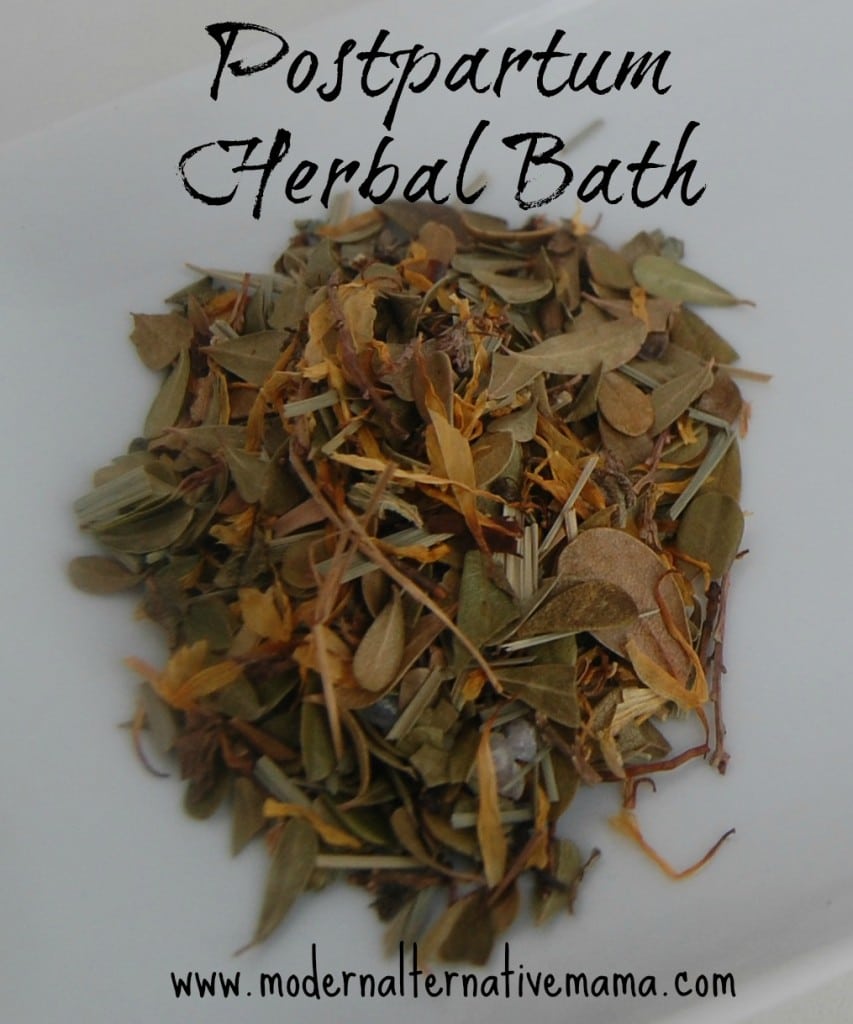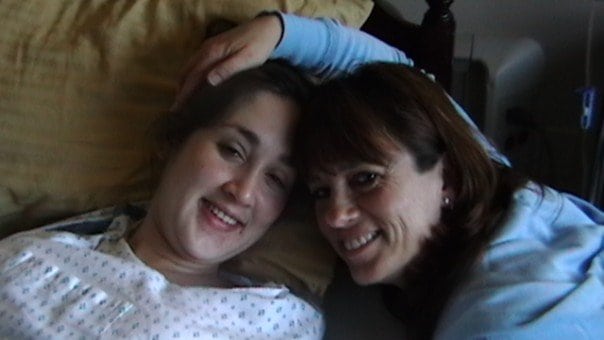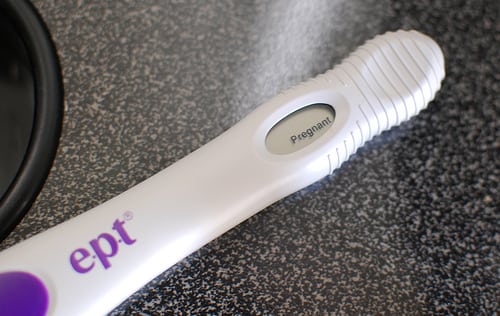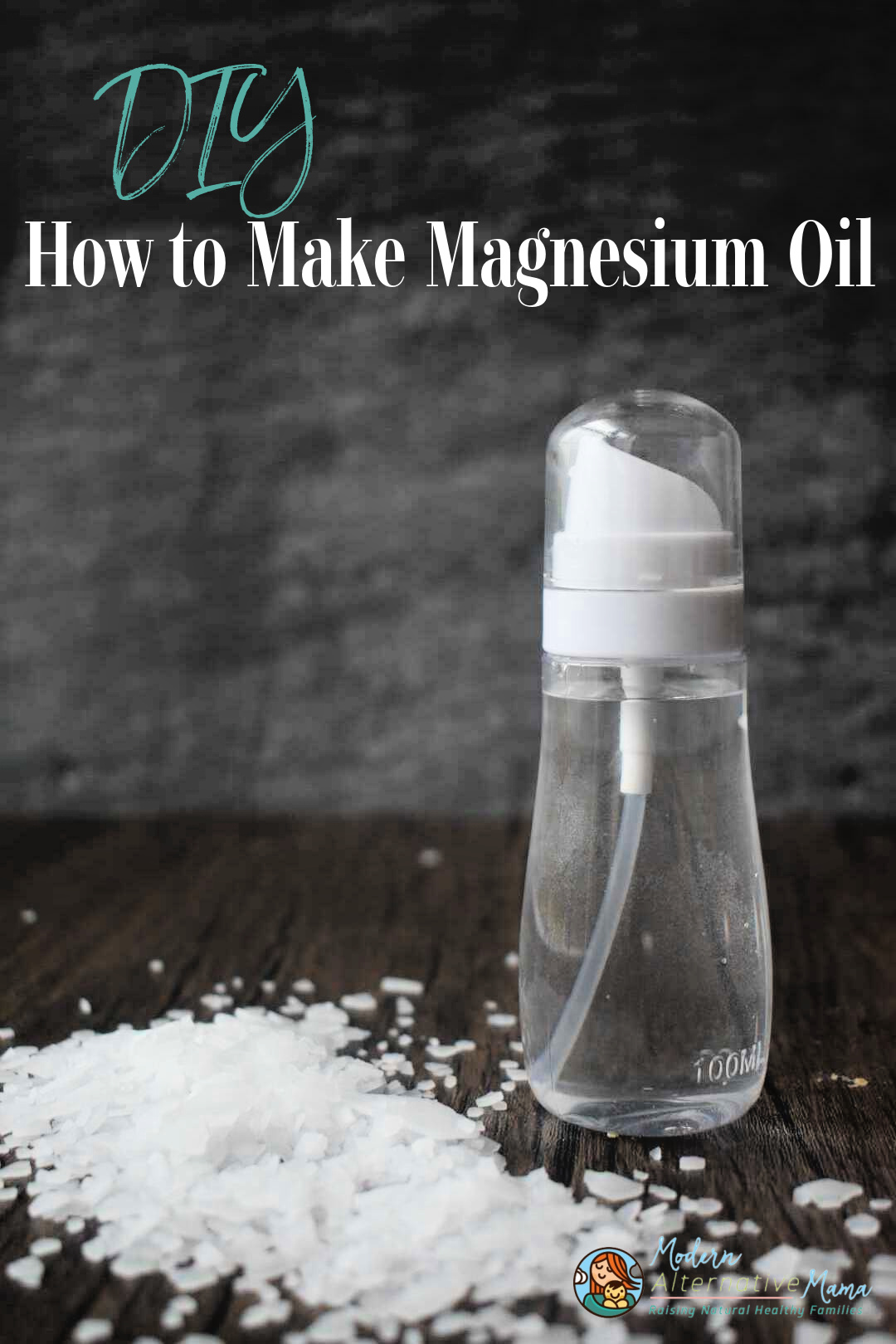Written by Kate Tietje
Right after my baby is born next month (!), I’ll be slipping into a bath. Well — after that initial hour of nursing and bonding, anyway. (I’m always reluctant to finally cut the cord — literally — and hand the baby over to anyone else. I mean, the baby has just arrived, and they’re mine….) Anyway, things will be a little tender soon after birth, so I’ll add these herbs.
The herbs in this bath mix are known to promote healing. That’s a good thing. It’s also super easy to mix up and use. While I’ll probably only do this once, for mamas who have tears, it’s good to do it daily for the first few days after birth. You can even take the baby in the tub and snuggle together skin-to-skin while you have some healing time. I do that a lot (with or without herbs) and have my husband come to get the baby just before I’m ready to get out so I can wash and move without upsetting the baby.
I encourage you to mix this up ahead of time if you’re expecting a baby. If you’re not, this could still be good for general soreness or other minor injuries.
Postpartum Herbal Bath
All of these herbs are known to be soothing and promote healing. Comfrey, in particular, speeds healing, and Epsom salts are good for detox and soothing. This recipe makes one bath, so if you think you will want more, double or triple (or more!) the recipe now.
Ingredients:
- 1/4 cup comfrey leaves
- 1/4 cup witch hazel bark
- 1/4 cup uva ursi leaves
- 1/2 cup Epsom salts
Directions:
Step 1: Combine all the dry herbs and salt in a container and shake to combine.
Usage: Add the herbs to very hot water and steep for 15 – 20 minutes. Strain and pour the “tea” into a warm bath. Soak for 10 – 15 minutes or as desired. If you want, you can also add the herbs to a large muslin bag to steep directly in the bath; this may not be as effective, but it is easy!






